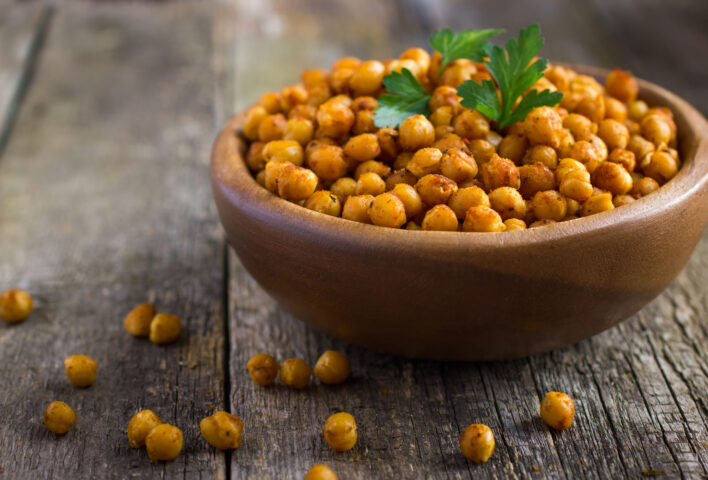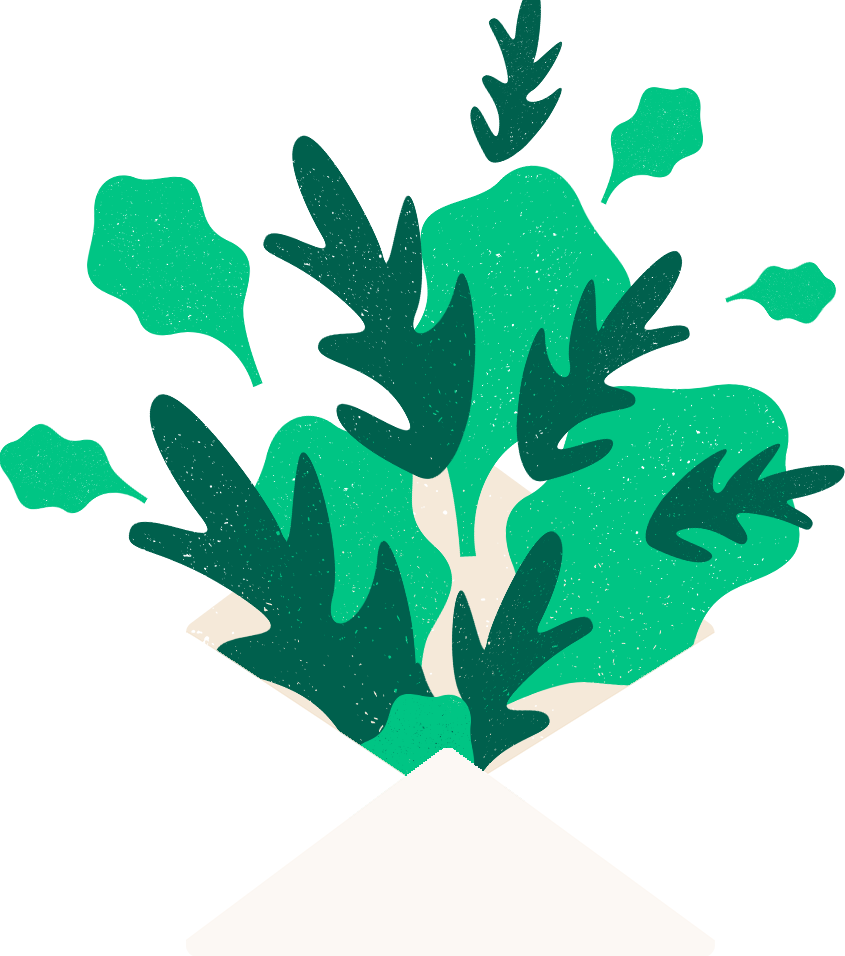Iron
Iron is needed for healthy blood, muscles and energy levels.

All about iron
What foods have iron?
The following foods are good sources of iron:
- CHICKPEAS, LENTILS, KIDNEY BEANS AND OTHER PULSES
- TOFU
- SPROUTED BEANS AND SEEDS
- BREAKFAST CEREALS
- BREAD
- KALE, CABBAGE AND BROCCOLI
- NUTS
- DRIED FRUITS
- BLACK TREACLE / BLACKSTRAP MOLASSES
How much iron do I need?
The amount of iron you need depends on your gender and age.
Women:
- 19 to 50 years = 14.8mg per day
- 50+ years = 8.7mg per day
Men:
- 19 to 50 years = 8.7mg per day
- 50+ years = 8.7mg per day
Iron hints and tips
- Vitamin C helps the body to take in iron. Drinking orange juice, alongside an iron-rich meal, can you help you increase its benefits.
More about iron
Maintaining healthy iron levels is an important aspect of a vegetarian diet. Lack of iron is one of the commonest concerns people have in connection with vegetarian food and health. Iron, however, is present in a wide variety of vegetarian foods and, in fact, even people who eat meat rely far more on these foods for their main iron intake.
Structure and function
Iron is required by the body mainly for the production of haemoglobin, the substance that carries oxygen in the blood and the maintenance of the muscle protein myoglobin. Iron is involved in the production of enzymes involved in energy transfer, digestion and nerve function. The body is very efficient at recycling iron as it renews blood cells, but growing infants, children and women all have enhanced needs for iron.
There are two types of iron in the diet, called haem iron and non-haem iron. Haem iron is found in meat and non-haem is found in foods of vegetable origin. Non-haem iron is the main form of dietary iron. People who eat meat in the UK obtain around a quarter of their iron from meat and fish and around 75% of their dietary iron coming from cereals, bread, fruit and vegetables.
Iron absorption
Though the body responds to low availability of iron by increasing absorption, iron is not as readily absorbed as some other nutrients. The absorption of iron is affected by the presence of other foods in the gut. Calcium, tannins, phenols (found in chocolate, tea and coffee), proteins, for example in cow’s milk and egg, all have a tendency to hinder the absorption of iron. Phytates (phytic acid) found in grains, bread and pasta also have a similar effect. Vitamin C – ascorbic acid – helps to increase the absorption of iron and, in particular, the non-haem form of iron prevalent in the vegetarian diet. How we combine iron-rich foods with those that contain vitamin C can have a significant effect on iron absorption levels.
Bread provides a source of iron but owing to its wheat content also contains phytates. The normal fermentation process reduces the phytate levels in the finished loaf but sourdough bread making in particular is beneficial for iron absorption. Its extra long fermentation time produces a bread which is both highly digestible and with much reduced phytate levels.
The presence of vitamin C in the gut has been shown to increase the absorption of non-haem iron up to two or three fold where phytate-containing foods are also ingested.
/
